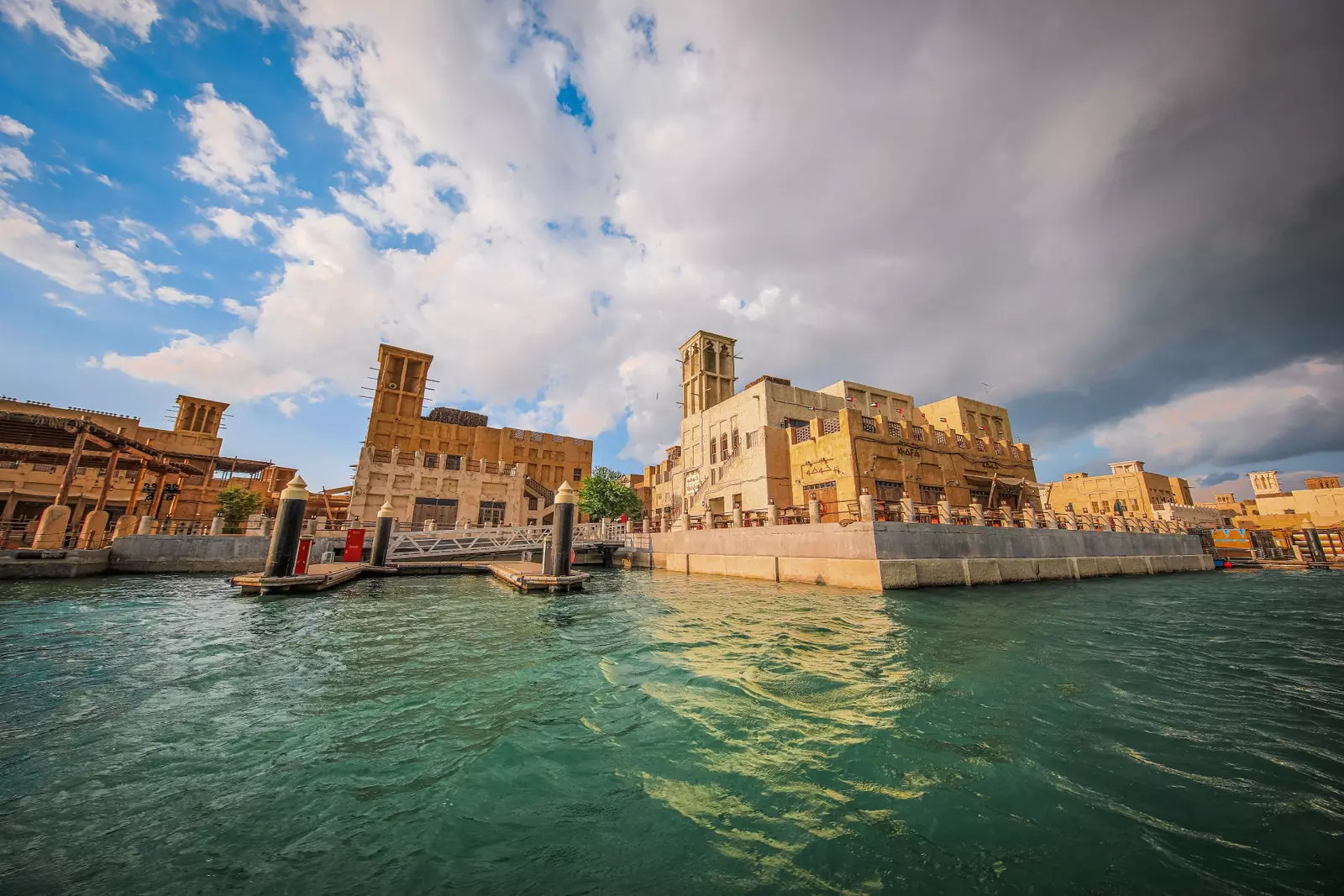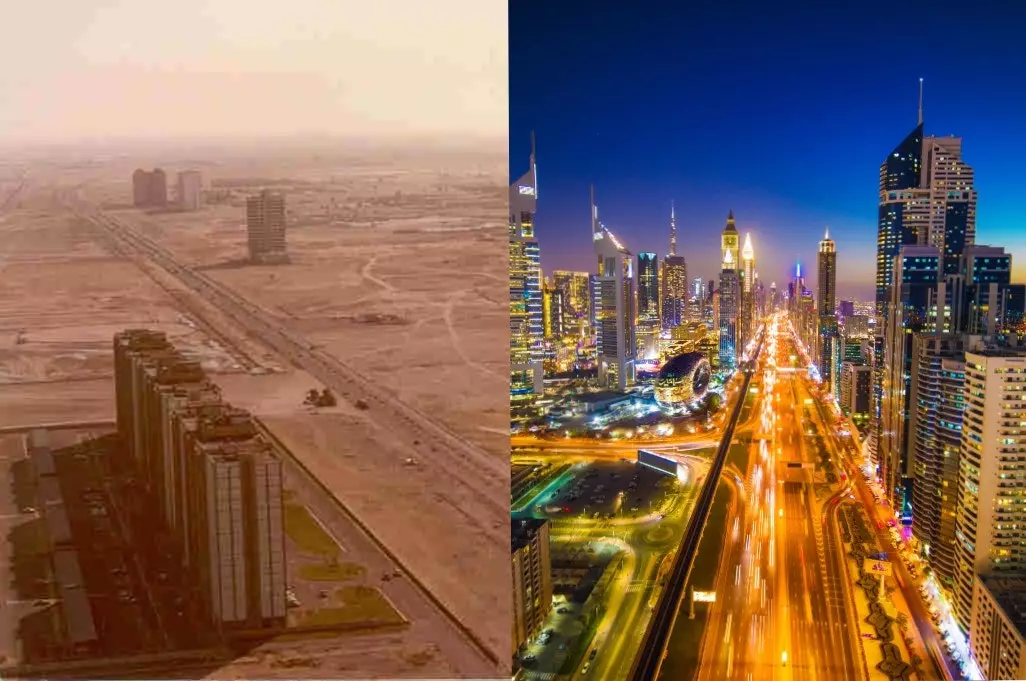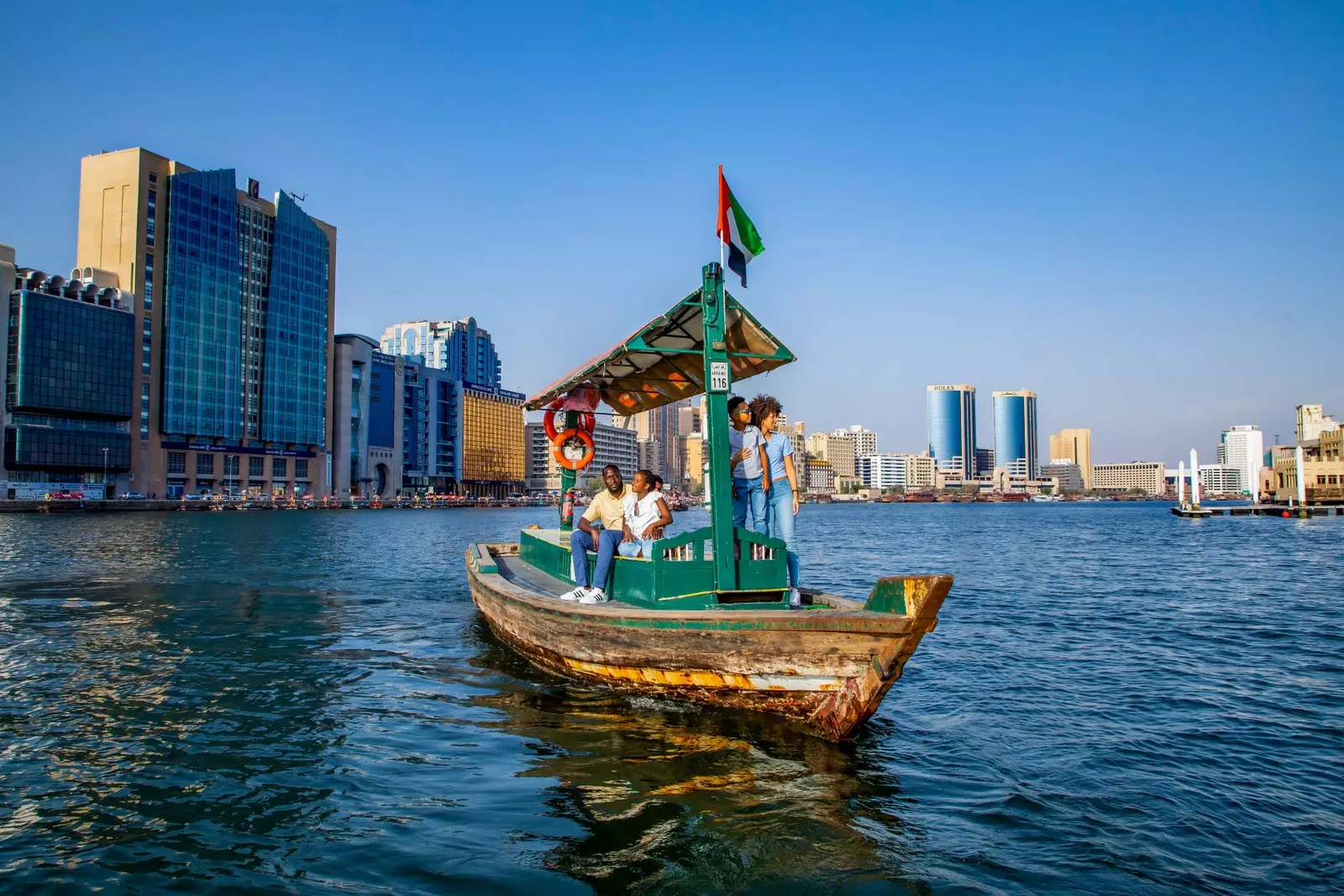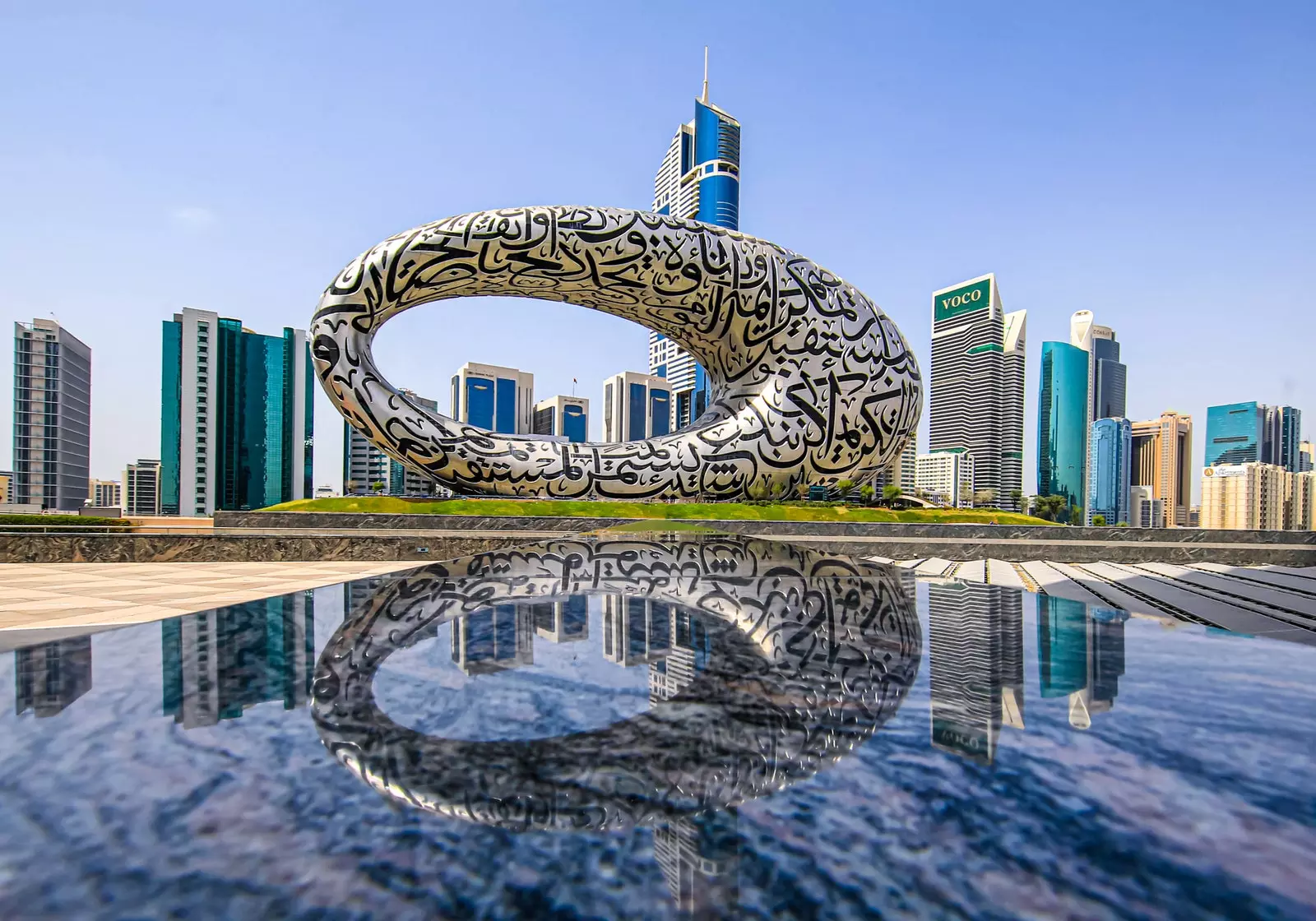The United Arab Emirates is celebrating. 50 years ago from the founding of the country and have prepared a complete program of performances and shows for his Golden Jubilee. Half a century in which we have witnessed a tireless journey of development, prosperity and wealth that started with the declaration of the union of the UAE in 1971 and that, to this day, continues to surprise us. Seven emirates walking together but that have managed to preserve the singularities that make them unique.
And although 50 years may seem few, in reality Its history is longer than we think. You just have to look at Dubai, whose origins go back to the Bronze Age, when it is believed that some nomadic herdsmen decided inhabit a dry mangrove located where the city now stands.

Dubai Old Town.
DUBAI IN ANTIQUITY
Date cultivation and grazing would have been the main activities in the region until the 5th century AD. c. the area we now know as Jumeirah became a caravan station to service the trade route linking Oman with what is now Iraq. Although, according to the latest research, it may have been even earlier, since archaeological excavations have revealed that the Arabian Peninsula would have been the nexus of overseas trade with the civilizations of the Indus Valley and Mesopotamia.
Although the first written record of Dubai appears in the geography book of Abu Abdullah Al Bakri in 1095, we have to go back to the 18th century to find the first historical record of the city, a time when the Bani Yas tribe seized political power in Abu Dhabi, and Dubai became a dependency of the tribe. That yes, the Venetian pearl merchant Gaspero Balbi two centuries earlier had already told us in his diary of the thriving pearl trade prevailing in the area.

Before and now.
WALLED AND INDEPENDENT CITY
Built in 1787, it is Al Fahidi fort the oldest building in the city. It now houses the Dubai Museum, which offers a historical insight into the roots of the emirate before the discovery of oil (You'll also find a display on the heritage of the United Arab Emirates at the Etihad Museum). The wall, which, according to records, was on the Bur Dubai side, was stretched from the historic Al Fahidi neighborhood to the old souk and passed by this fortress.
Also the Al Ras area would have been walled at the beginning of the 19th century, until a maritime truce with Great Britain in 1820 meant that trade relations flourish with countries around the world and the defenses were no longer necessary.
Dubai came to be considered a fishing town when in 1833 Maktoum bin Butti, of the Bani Yas tribe, settled with his people on the Shindagha peninsula, at the mouth of the Dubai estuary, and he declared the independence of the city, thus separating itself from Abu Dhabi.

Traditional abra on the Dubai estuary.
FROM OIL TO TOURISM
Under the leadership of Al Maktoum, a dynasty that still rules Dubai, prosperity came to the region, which depended on fishing, trade and pearls, until in 1966 everything changed with the oil appearance.
The growth was meteoric. Dubai's natural estuary was widened and the Dubai World Trade Center was built, as well as several ports. Pillars on which it stood the great city that is today Dubai, so modern and architectural that it never stops growing and surprising us with its impressive skyscrapers, such as the Burj Al Arab and Burj Khalifa, the great icons by which the city is recognized today.
And what will the future hold for Dubai? Well, we are not going to answer that this is unknown, since we are about to discover it as soon as the Dubai Museum of the Future, which will include interesting exhibits on how technology will evolve in the next 20 years.

Dubai Museum of the Future.
SUBSCRIBE HERE to our newsletter and receive all the news from Condé Nast Traveler #YoSoyTraveler
